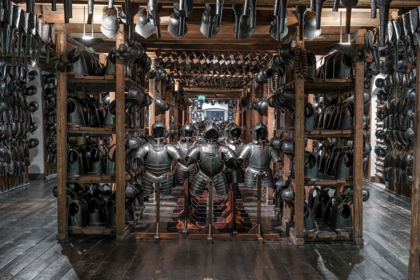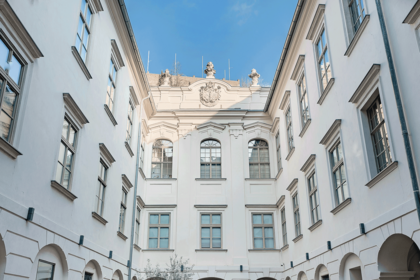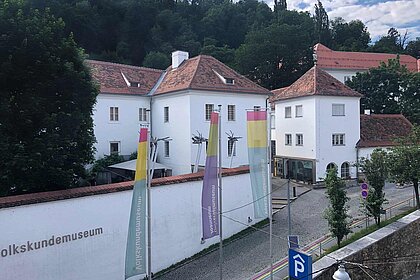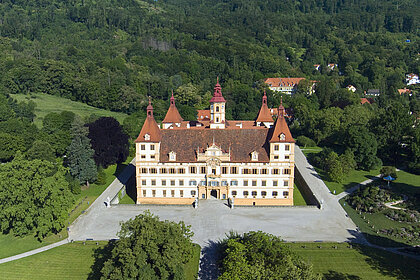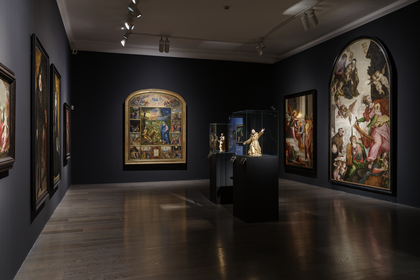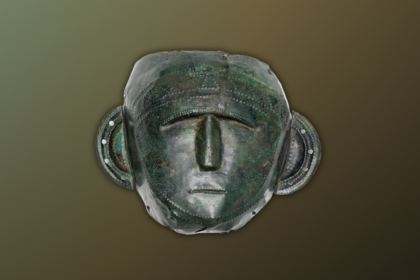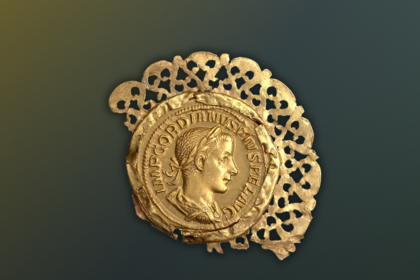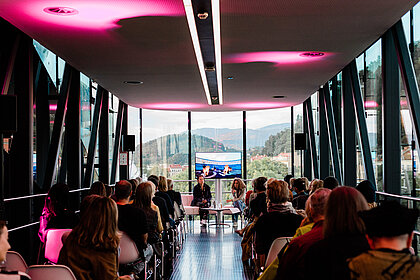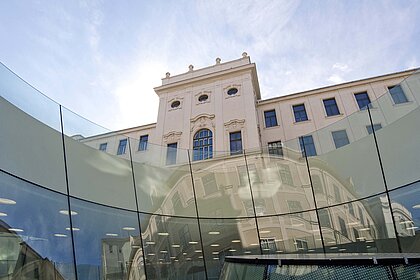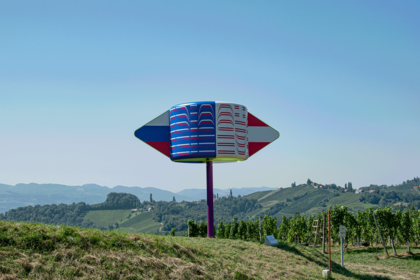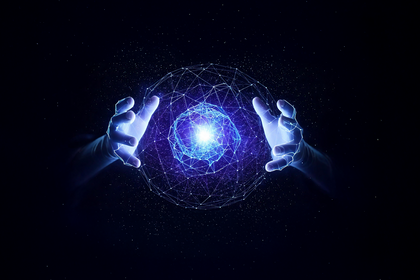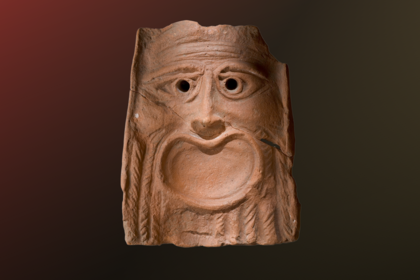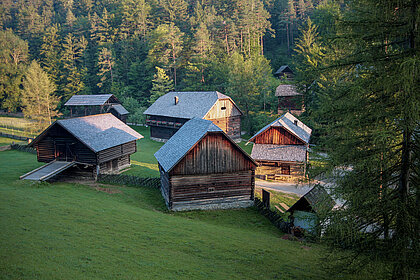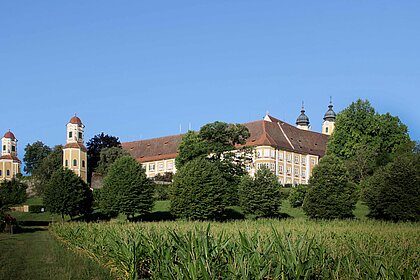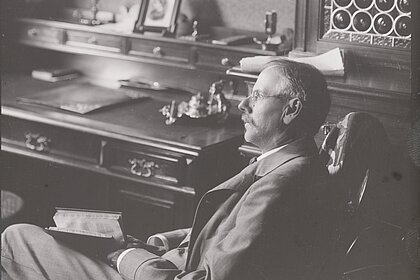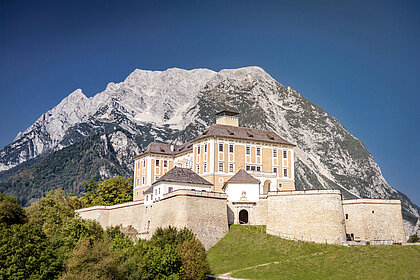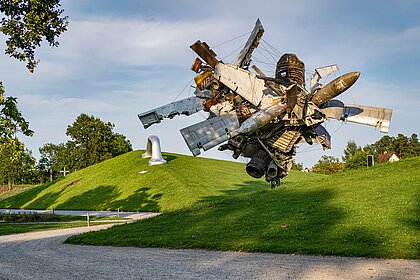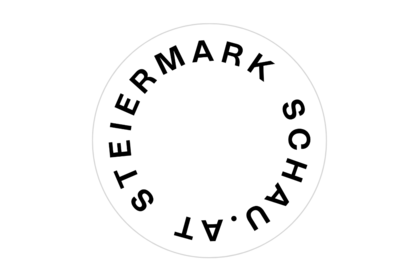The three-country biennial trigon was founded in 1963 by the then Provincial Councillor for Culture and Deputy Provincial Governor Dr Hanns Koren and was conceived as a presentation of contemporary art from Austria, Italy and the former Yugoslavia. From 1965 onwards, the exhibition was organised by the Neue Galerie at the Landesmuseum Joanneum.
Discover the
Universalmuseum Joanneum
Graz
Styria
Closed

More than 85 animal species from all continents live in the Herberstein Animal World.
Universalmuseum
Joanneum
Back to Universalmuseum Joanneum
Neue Galerie Graz > Our programme > Exhibitions
Three-country biennial trigon
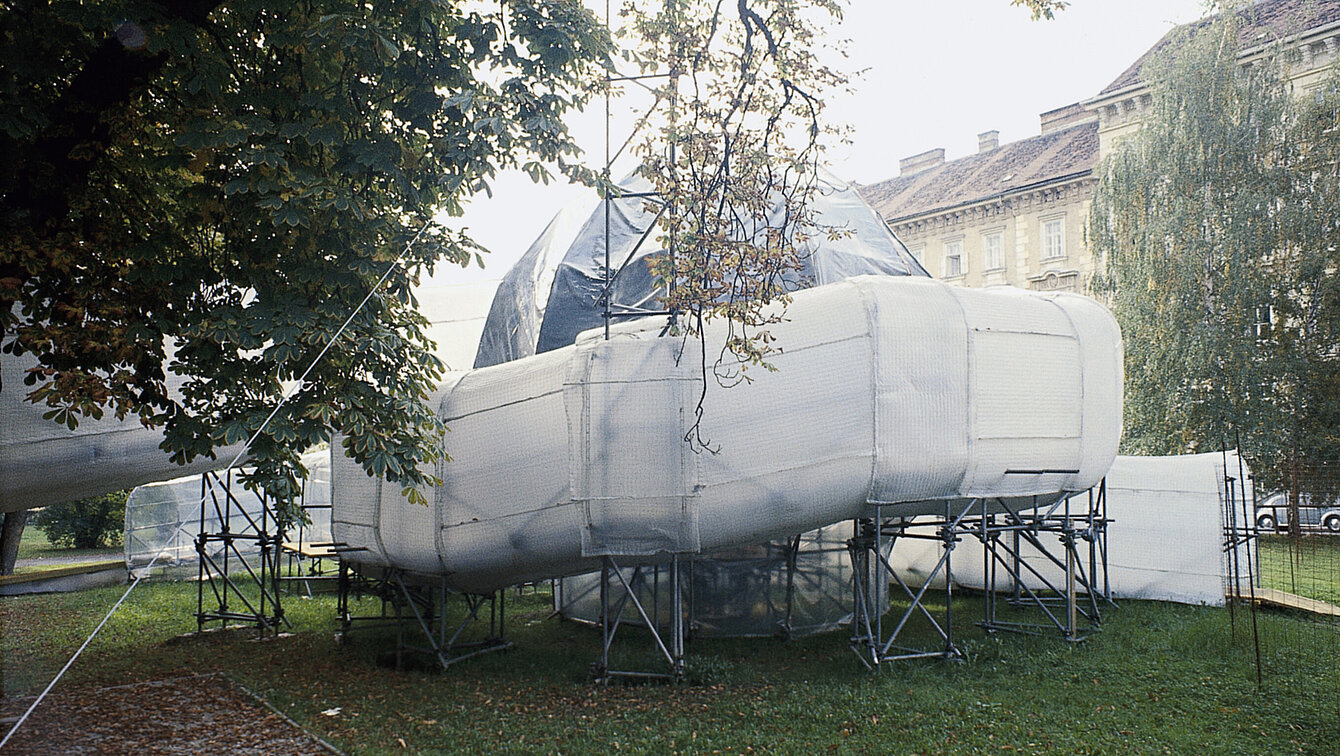
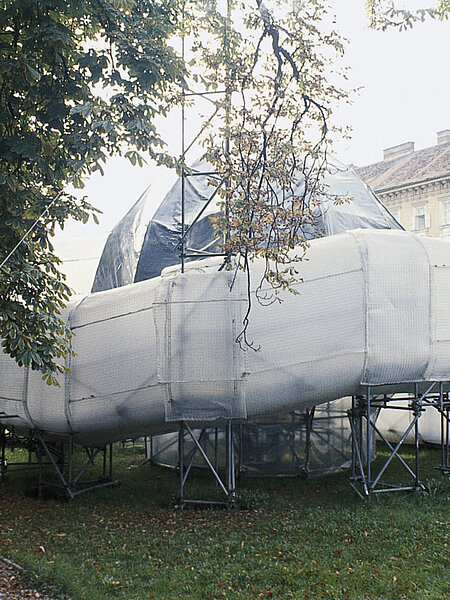
Image Credits
1967-1995
From trigon 67 onwards, central exhibition themes were formulated that dealt with current issues in contemporary art. The trigon 67 exhibition itself was entitled ‘ambiente’, dealt with controversial questions about contemporary architecture and triggered a wave of indignation among visitors that lasted several weeks, with angry letters to the editor demanding Hanns Koren's resignation as head of cultural affairs and the dismissal of Wilfried Skreiner. trigon 73 (‘audiovisual messages’) was a pioneering exploration of the new medium of video and presented contributions by Bruce Nauman, Robert Morris and Richard Serra, among others
The trigon biennials were organised until 1995. Over the years, the circle of represented countries was expanded to include Hungary and, later, Germany, France, Great Britain, Spain and the Czech Republic. From 1966 onwards, trigon solo exhibitions were also organised, showcasing important artists from the participating countries.
Hommage an trigon
The original Trigon participants, Italy, former Yugoslavia and Austria, once again took centre stage in the exhibition, Identity:Difference. One year after the collapse of Yugoslavia, the Neue Galerie Graz presented a comprehensive exhibition summarising the results of the Trigon exhibitions. This exhibition illuminated the socio-cultural and political conditions for art in these countries and highlighted their artistic achievements in terms of their contribution to Central European modernism.
